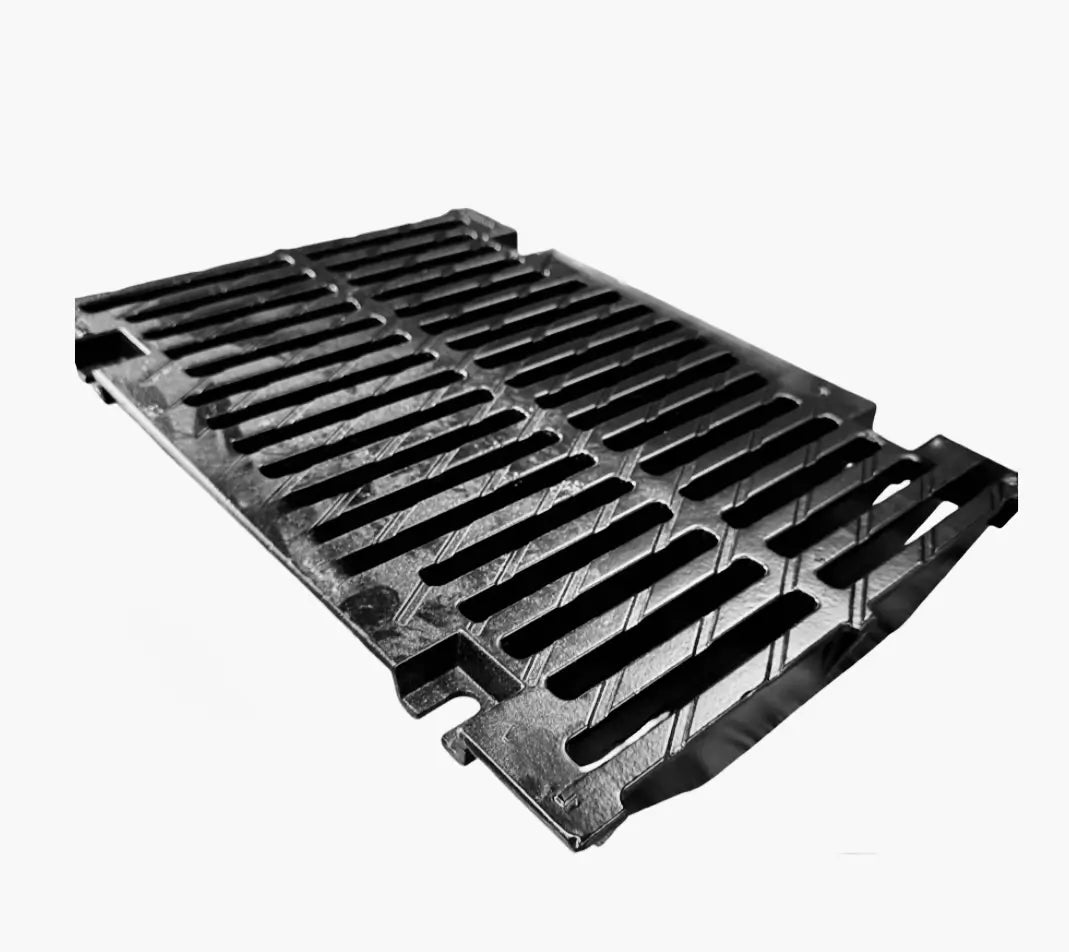
Barn Trench Drains
Barn environments present unique drainage challenges — constant moisture, animal waste, bedding debris, and cleaning cycles. An effective trench drain system is essential for maintaining sanitary, dry, and safe conditions for livestock and workers alike. TrenchDrainCo trench drain systems are engineered for strength, hygiene, and long-term durability in harsh barn conditions, supporting efficient washdown and waste management in both modern and traditional barn designs.
Key Requirements
-
Load Rating
Typically C250 to D400, depending on barn type and traffic.
• Livestock corridors and milking areas: C250.
• Feed and equipment lanes: D400.
• Vehicle access or service bays: D400–E600 when used by tractors or skid steers.
Barn trench drains must support repeated rolling loads while maintaining watertight and corrosion-resistant performance.
-
Material Durability
Drainage systems must resist organic acids, cleaning chemicals, and physical impact.
• Fiber-Reinforced Concrete (FRC) or Polymer Concrete channels for heavy, high-impact zones.
• HDPE or PVC channels for lightweight, corrosion-resistant installations in milking parlors or feeding areas.
• Stainless steel grates for sanitary environments and easy cleaning.
• Cast-iron grates for equipment lanes and feed paths.
• Non-corrosive edge rails to prevent spalling in constant moisture.
-
Site Conditions
• Constant exposure to water, manure, and bedding material requires smooth channel interiors to prevent buildup.
• Drains should be located along washdown aisles, between stalls, or beneath sloped floors (1–2%).
• System should connect to manure handling or containment systems in compliance with environmental regulations.
• Channels must perform in both heated and unheated barns, with freeze–thaw durability.
• Easy-access maintenance points are essential to prevent clogging from organic matter.
-
User Requirements
• Hygiene: Smooth, cleanable surfaces for sanitary operation.
• Animal safety: Non-slip, hoof-safe, heel-proof grates.
• Durability: Handle livestock traffic, cleaning machinery, and equipment.
• Ease of maintenance: Quick grate removal and sediment traps for efficient cleaning.
• Chemical resistance: Withstand detergents and cleaning acids.
• Environmental compliance: Support proper waste channeling and runoff management.
Recommended TrenchDrainCo Systems

TrenchDrainCo 300 Series
Fiber-reinforced concrete trench drain with ductile-iron or stainless grates — perfect for heavy-use barns and equipment zones.

TrenchDrainCo HDPE Agricultural Series
Lightweight and corrosion-resistant for livestock lanes, milking parlors, and feed areas.

TrenchDrainCo Stainless Washdown System
316 stainless steel system for high-sanitation barns and dairy operations.

TrenchDrainCo LEO 1200
Heavy-duty ductile-iron grate system for drive-through barn access and feeding corridors.

Engineering Notes
When designing trench drains for barns:
- Place trench drains at the low points of barn aisles or along milking parlor edges for efficient washdown.
- Use stainless or polymer concrete channels in areas exposed to strong cleaning chemicals.
- Ensure slopes promote gravity-fed drainage toward manure pits or containment tanks.
- Choose grates with non-slip patterns suitable for animal movement and washdown frequency.
- Consider heated drain zones or frost-resistant materials in cold climates.
- Use sediment baskets to capture straw, feed, and organic debris before clogging occurs.

Clean. Safe. Built to last.
Contact TrenchDrainCo for trench drain systems designed for barns, milking parlors, and livestock operations.
📞 Call us: 212-946-3798
📧 Email us: info@trenchdrainco.com







